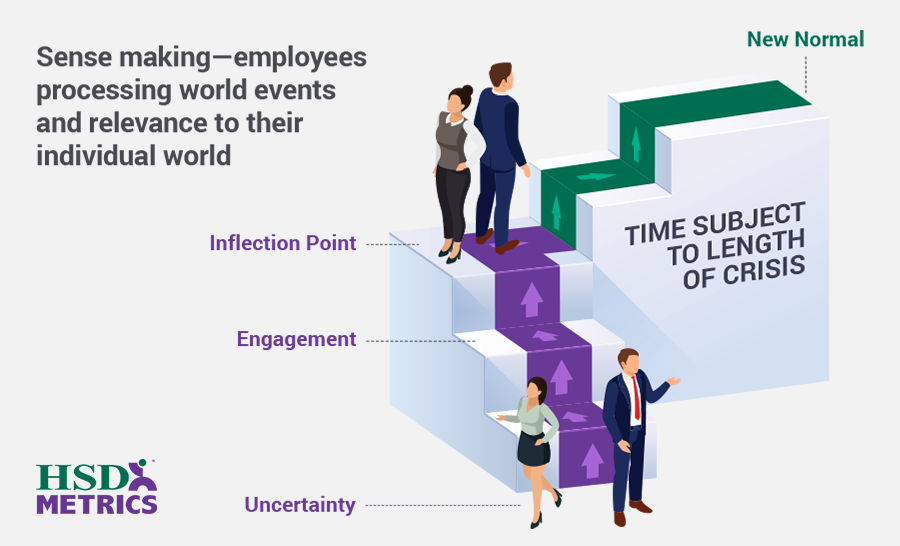We know it’s not business as unusual, but most companies and their employees are getting back to business albeit in different ways. Many employees are at the point where they desire some normalcy and routine. Some employees are still going to work but with safety modifications or with a lot fewer people in the office. Others are working remotely for the first time. Some employees are being separated but are being told that employers will want and need them back in the future.
Uncertainties remain but as time marches on there are some principles to keep in mind:
- The decisions your company makes today will be felt far into the future.
- Now, more than ever, employees need to feel heard.
- HR professionals need to prepare employees and employers for the next phase of change.
- Employers need to anticipate changes in their workforce as a result of this recent disruption.
We are sure it is disheartening for HR professionals to hear. You just made changes to weather the storm, and now we need you to get ready for the economy to come back online. We know recovery is coming. It is time to start exploring what your future workforce will look like.
Many questions arise when considering what will be the “new normal.” Who among our employees can we count on to stay or come back? Do we have the correct skillsets to get back to being fully operational? Do we want to keep temporary employees that have joined? How many employees will want to remain remote workers?
We believe employers need to think of their workforce needs and employee experience in four stages: Monitor, Prepare, Readiness, Recovery.
Monitor
Modified pulse and stay surveys for current employees and new remote workers will help create a dialogue with employees and ensure employees know that their employers are listening. Employers should consider the same for separated employees (temporary layoffs or furloughed).
Prepare
Modified, targeted pulses surveys can be administered with greater frequency (or less depending on the results) using the same or similar questions. Depending on the time, we can also administer more standard survey questions. Employers need to know which employees are “in” and which are “out.”
Readiness
It will be important to measure similar dimensions such as openness and company direction along with different points in time to monitor changes, variances, and movement of employee perceptions. At a practical level, we need to know if the employees with the skillsets we need intend to stay or come back to the organization.
Recovery
After your employees come back to work, there will be a new normal. Employers need to monitor workplace activity and identify risks associated with putting the workforce back together again.
This video by Dr. Brad Shuck, Associate Professor Department of Educational Leadership, Evaluation and Organizational Development at the University of Louisville explains how employees will reintegrate back into the workforce when the crisis has passed us.
To prepare companies for these phases, we have evolved our stay and pulse survey offering (known as StayRight) in conjunction with the University of Louisville for new and developing employee types resulting from the pandemic. It is important to note that during this challenging time for employees, these are not just surveys. They are touchpoints and perceived corporate communications. Our surveys are written with the language of reassurance and provide employees with an outlet to be and feel heard.
To learn more about The Four Phases of Workforce Recovery and to see examples of how we may be able to help your company, please take a look at our new website page discussing these phases or reach out to us directly. We’re here to help and we recognize that many budgets and initiatives may be paused at the moment. Our newly modified solutions are budget-friendly for employers in great need. We can help you get up and running right away.





